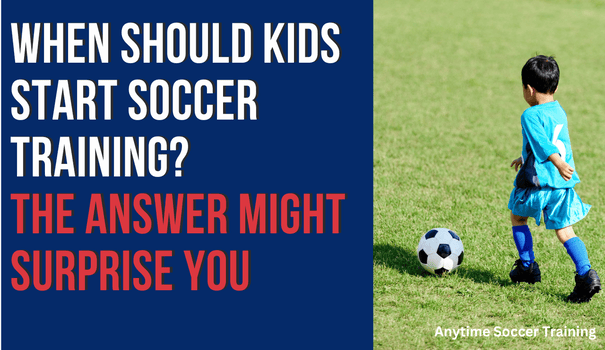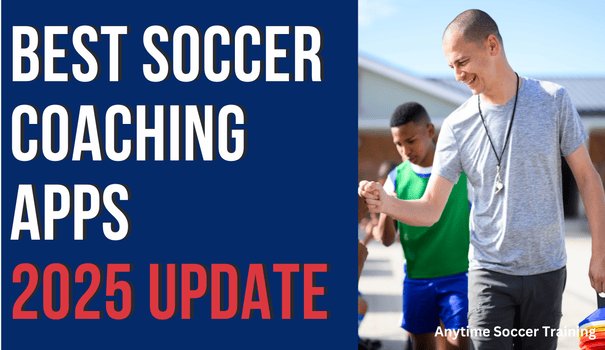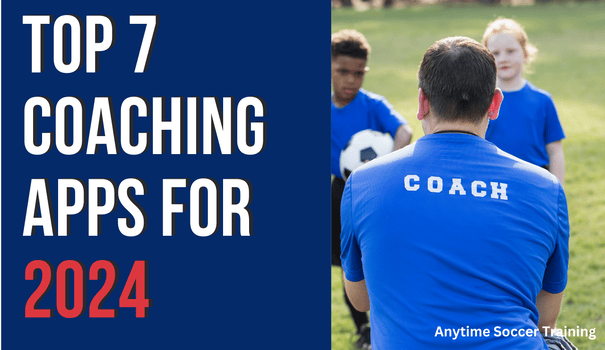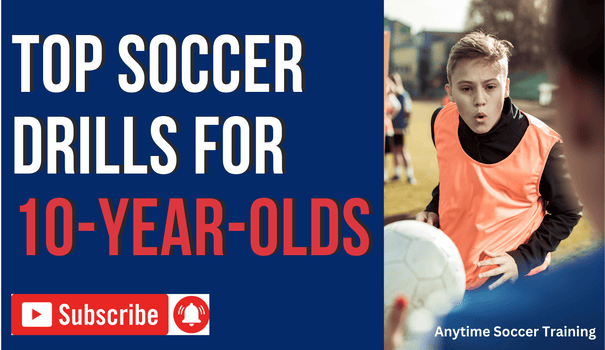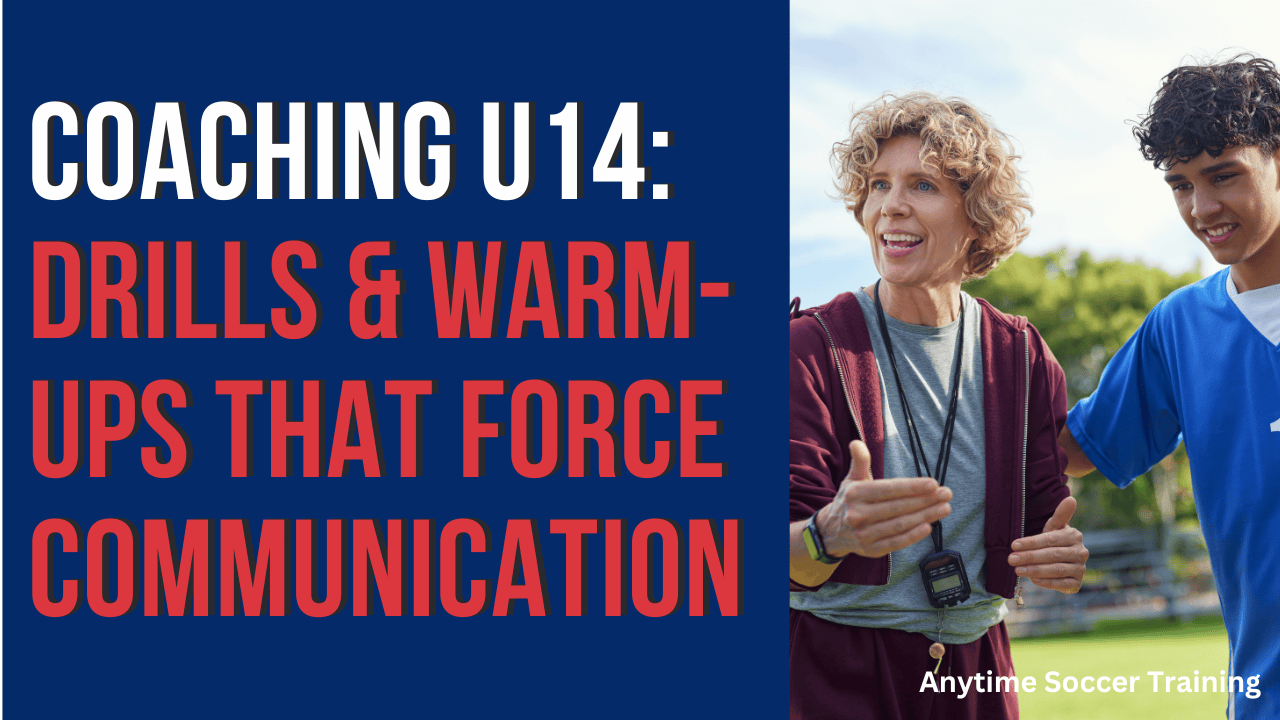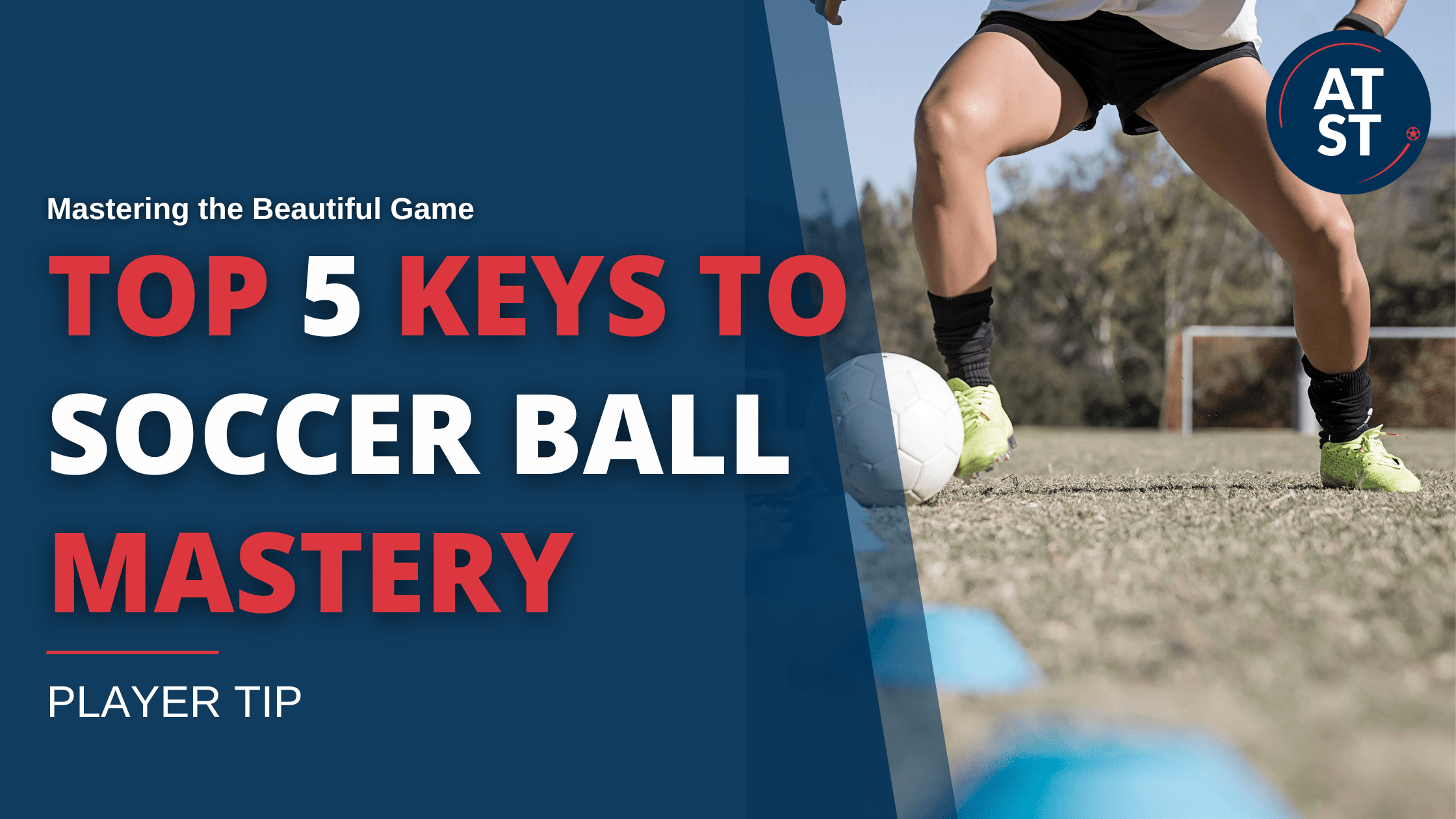
Soccer is a sport that requires a combination of physical and mental skills to master. One of the most important skills in soccer is the ability to control the ball.
In this blog post, we will discuss the top five keys to mastering the ball and thus the game.
1. Mastering Unopposed Ball Manipulation
The ability to control the ball is the foundation of soccer. This includes the ability to control the ball with different parts of the foot, including the inside, outside, sole, and heel.
Mastering this skill in an unopposed setting will enable you to make quick and precise moves on the field, which can give you an advantage over your opponents.
When it comes to demonstrating mastery in an unopposed setting, many players and coaches overlook a crucial element. You must measure the player’s performance.
Think about it, would you eyeball a player’s improvement in the 40-yard dash? Of course not – you would track the player’s time. The same goes for ball mastery and dribbling.
However, to come up with a consistent measurement, the player must touch the ball with every single step.
Read the ebook The Most Important Skill in Youth Soccer to learn more.
2. Mastery within Changing Situations
Not to be confused with “decision-making” within a game context, this is where the coach changes the conditions of a drill to force various reactions from the player.
Players who can comfortably accomplish their objectives while navigating changing situations are prepared to deal with pressure.
For example, after the player becomes proficient at juggling the coach should introduce games like partner juggling with the objective of traveling 20 yards.
3. Mastery under Pressure
Dribbling under pressure in soccer refers to the ability of a player to maintain possession of the ball while being closely defended by an opponent. It requires good ball control, quick footwork, and the ability to make quick decisions.
To improve dribbling under pressure, players can practice drills that simulate game-like situations, such as 1v1 or 2v2 drills where they have to dribble past a defender or group of defenders.
They can also work on improving their ball control, footwork, and agility through individual exercises.
It is also important to practice decision-making while under pressure. This can be achieved by incorporating pressure from defenders in the drill and giving players a limited time to make a decision on what to do with the ball, such as to pass it or to continue dribbling.
Additionally, players can work on their body positioning and being aware of the space around them, this will help them to protect the ball better and avoid getting dispossessed by the defender.
4. Mastery within Game-like Conditions
Coaches should create game-like drills that realistically simulate an actual game situation. There are several benefits to using soccer game-like drills in training:
- Improving decision-making: Game-like drills simulate real-game scenarios and help players to practice making quick decisions under pressure.
- Enhancing technical skills: Game-like drills allow players to practice and improve their technical skills, such as passing, dribbling, and shooting, in a realistic setting.
- Building teamwork and communication: Game-like drills involve multiple players working together and require communication and coordination to be successful, which helps to improve teamwork and cohesion.
- Increasing game fitness: Game-like drills involve a lot of running, sprinting, and changing direction, which helps to improve players’ overall fitness and endurance.
- Improving mental preparation: Game-like drills help players to become mentally prepared for the demands of a match.
- Enhancing tactical awareness: Game-like drills can be designed to focus on specific tactical aspects of the game, such as defending, counter-attacking, and set pieces, which help players to become more aware of these elements and improve their overall tactical understanding of the game.
- Close the gap between training and game: Game-like drills are designed to be as similar as possible to the match situation, this helps players to transfer the skills and knowledge gained in training into the actual match.
5. Mastery within the Game
This is the ultimate test for the player. Transferring soccer skills from training to the real game can be challenging, but there are several strategies that can be used to facilitate this process:
- Practice under match-like conditions: Game-like drills can help players to practice and adapt to the demands of a match, such as the physical and mental demands, the speed of play, and the pressure of performing in front of an audience.
- Use progressive training: Start with simple drills and gradually increase the difficulty and complexity over time. This will help players to develop a solid foundation of skills and build confidence in their abilities.
- Incorporate pressure: Incorporating pressure from defenders in drills and giving players a limited time to make decisions can help players to adapt to the fast-paced, high-pressure environment of a match.
- Provide Feedback: Giving players feedback on their performance can help them to identify areas where they need to improve and make adjustments to their technique and decision-making.
- Repetition: Repeating the same drills or exercises multiple times will help players to internalize the skill and make it second nature.
- Use visualization: Encourage players to visualize themselves performing the skill in a game-like situation. This can help them to prepare mentally and increase their confidence in their ability to perform the skill in a match.
- Focus on the process: Encourage players to focus on the process of performing the skill rather than the outcome. This can help to reduce anxiety and improve performance in the match.
Transfer of skills is not a one-time event, it’s a continuous process that requires regular practice, repetition, and the application of the skills in game-like situations.
In conclusion, mastering the soccer ball requires a combination of physical and mental skills. By focusing on control, dribbling, passing, shooting, and ball familiarity, you can improve your soccer skills and become a more effective player on the field.
Remember to practice regularly and never stop learning, and soon you will become a master of the soccer ball.


